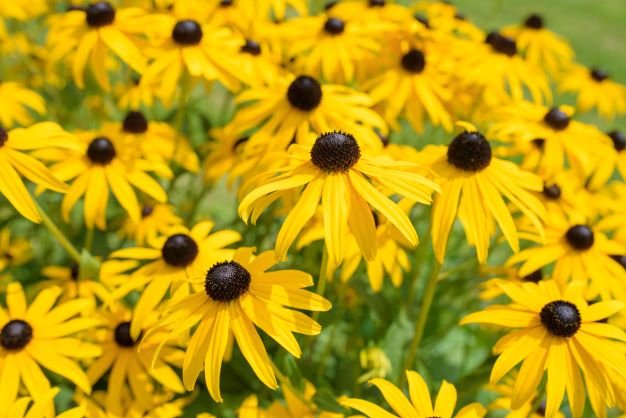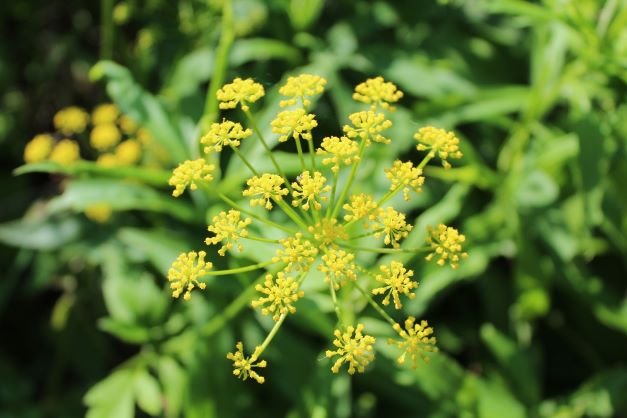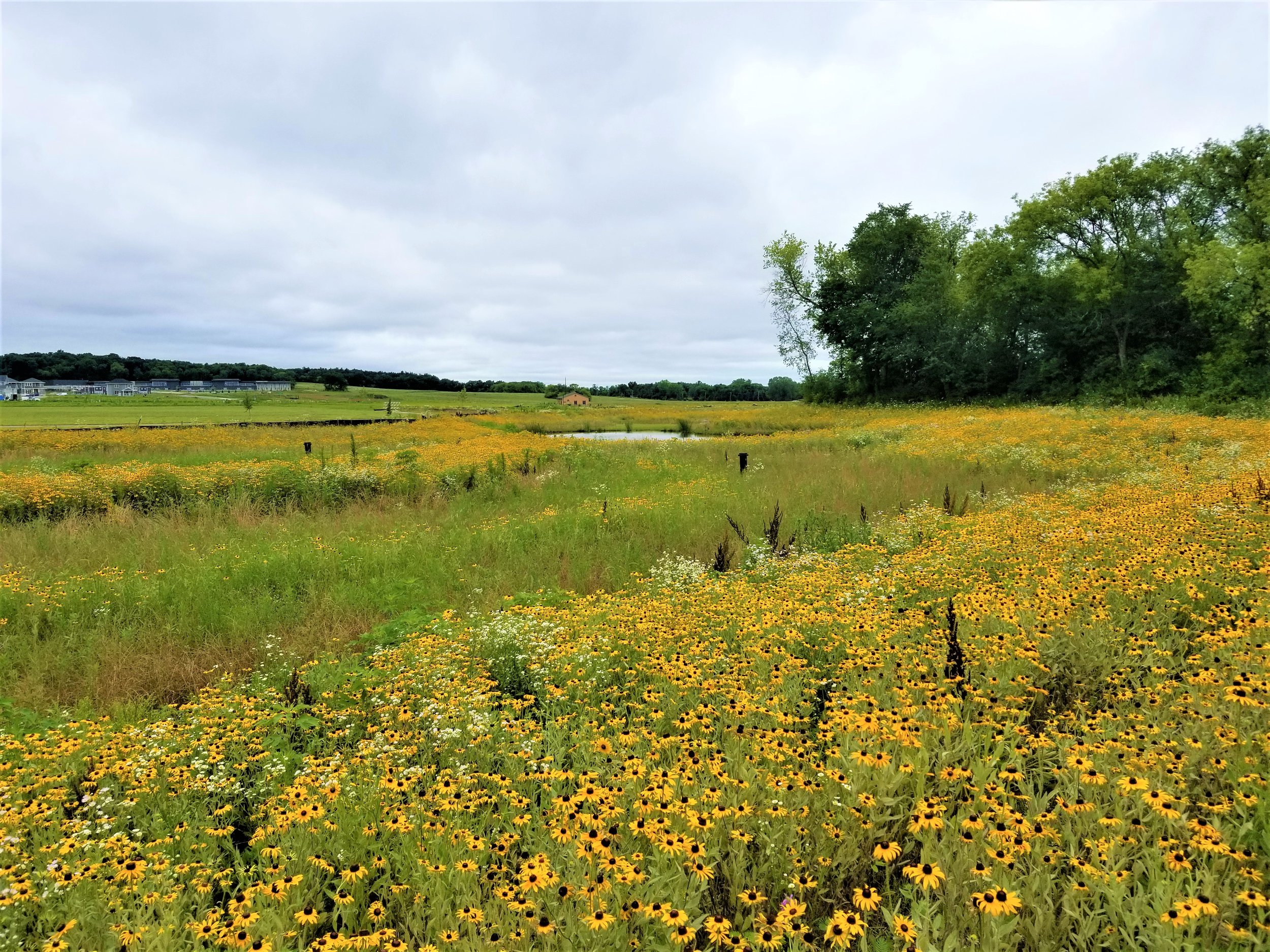Sustainability
Dane County 2023 Climate Champion!
Infiltration Areas
Infiltration areas are one component of the robust stormwater management plan for Terravessa, to prevent flooding and erosion in storm sewer discharge areas and to protect the Lake Waubesa watershed.
This photo, taken at Terravessa, is representative of an infiltration area in its second year. Rain gardens take approximately three to five years to fully establish.
Infiltration areas located in the medians and terraces (TIAs), are designed to collect rainfall and snowmelt runoff that flows from areas of the neighborhood where water can’t infiltrate into the ground, like paved streets and sidewalks. Terraces, or the low areas between the streets and sidewalks, are an ideal location to divert and infiltrate stormwater before it flows to local wetlands and lakes.
TIAs are built after home construction, when an immediate area is nearly complete. They consist of fine, sandy soils where water can rapidly infiltrate. Soils are then planted with native wildflowers and grasses that develop a network of dense, deep roots that further enhance the ability of the soils to infiltrate stormwater.
Compare the difference in rooting depth of native prairie plants versus the very shallow rooted Kentucky bluegrass (Poa pratensis), a non-native species commonly used in turf lawns, which roots to a depth of about 4-8 inches. Meanwhile, the Root Systems of Prairie Plants diagram from the Natural Resource Conservation Service (https://www.nrcs.usda.gov/Internet/FSE_DOCUMENTS/nrcs142p2_032475.pdf) illustrates how prairie plants can root to a depth from one to two feet to up to nine feet or more, with dense, fibrous rooted networks closer to the surface that help water move into and through the soil.
Twenty native plant species are planted in the TIAs. Some species are adapted to the bottom of the infiltration areas where water may accumulate for a short period of time, while other species are adapted to the drier soils on the slopes. The native plants also provide important habitat for pollinators and other wildlife, with varying shapes and colors of floral blooms from spring through fall. For example, swamp milkweed (Asclepias incarnata) and butterfly milkweed (A. tuberosa) are host plants for Monarch butterfly (Danaus plexippus). Milkweed host plants are required for Monarch to complete its life cycle, or the transformation from a caterpillar to butterfly.

Explore and learn more about the TIA plants here.
The TIAs are managed by a professional ecological restoration contractor. As native plants focus on root development after planting, they take several years to establish and mature. The contractor implements an adaptive management approach to assist with native plant development that includes invasive and undesirable weed control through a combination of hand removal, selective herbicide applications, and occasional prescribed burning. Targeted herbicide applications are completed by licensed and certified commercial applicators. Maintenance activities are timed appropriately to manage the establishment of dense weed growth.




The stormwater management plan at Terravessa, consisting of bio-infiltration swales / basins, sediment basins, and rain gardens, incorporates wetland restoration, native prairie establishment, and the formation of native plant communities.
The stormwater pond captures and treats additional runoff as well as enhances the natural wetland and prairie buffers in the open spaces.
The wetland and prairies were planted with additional native species and are also managed to enhance flora diversity, infiltration, and water quality.
Development + Natural Area Restoration
Terravessa is a 243-acre mixed-use development project located in the City of Fitchburg, WI. Terravessa focuses on progressive and environmentally sustainable communities with almost half of the development dedicated to open space and environmental corridor, including nearly 60 acres of natural area restoration.
The incorporation of native plant communities has taken place throughout the construction process of the project in coordination with various project stakeholders including project engineers, grading contractors, and the City of Fitchburg. The restoration areas will be monitored and maintained for appropriate native plant community establishment and for compliance with the City of Fitchburg standards.




